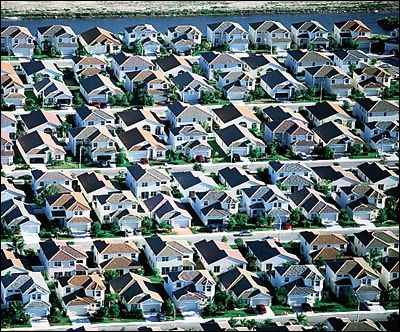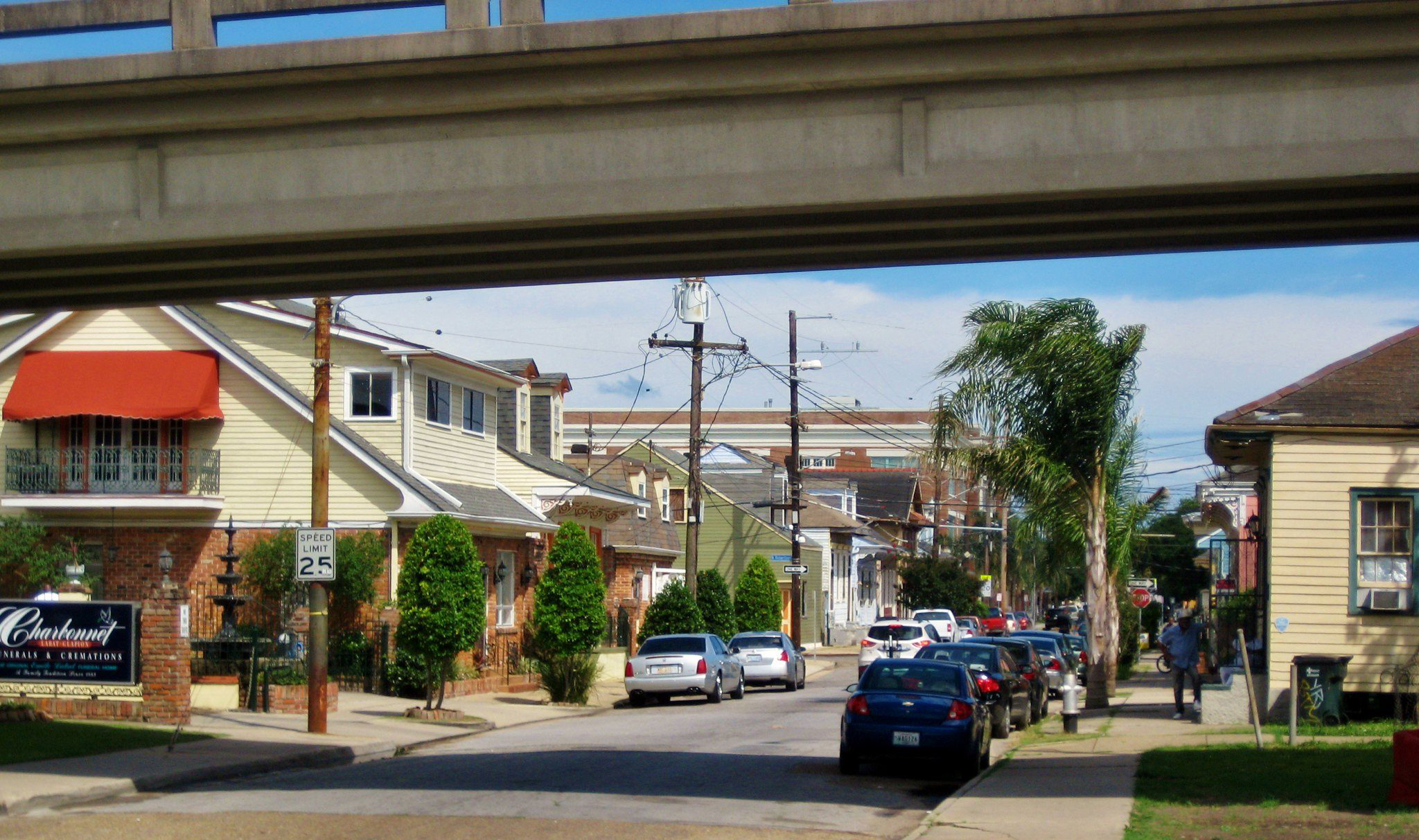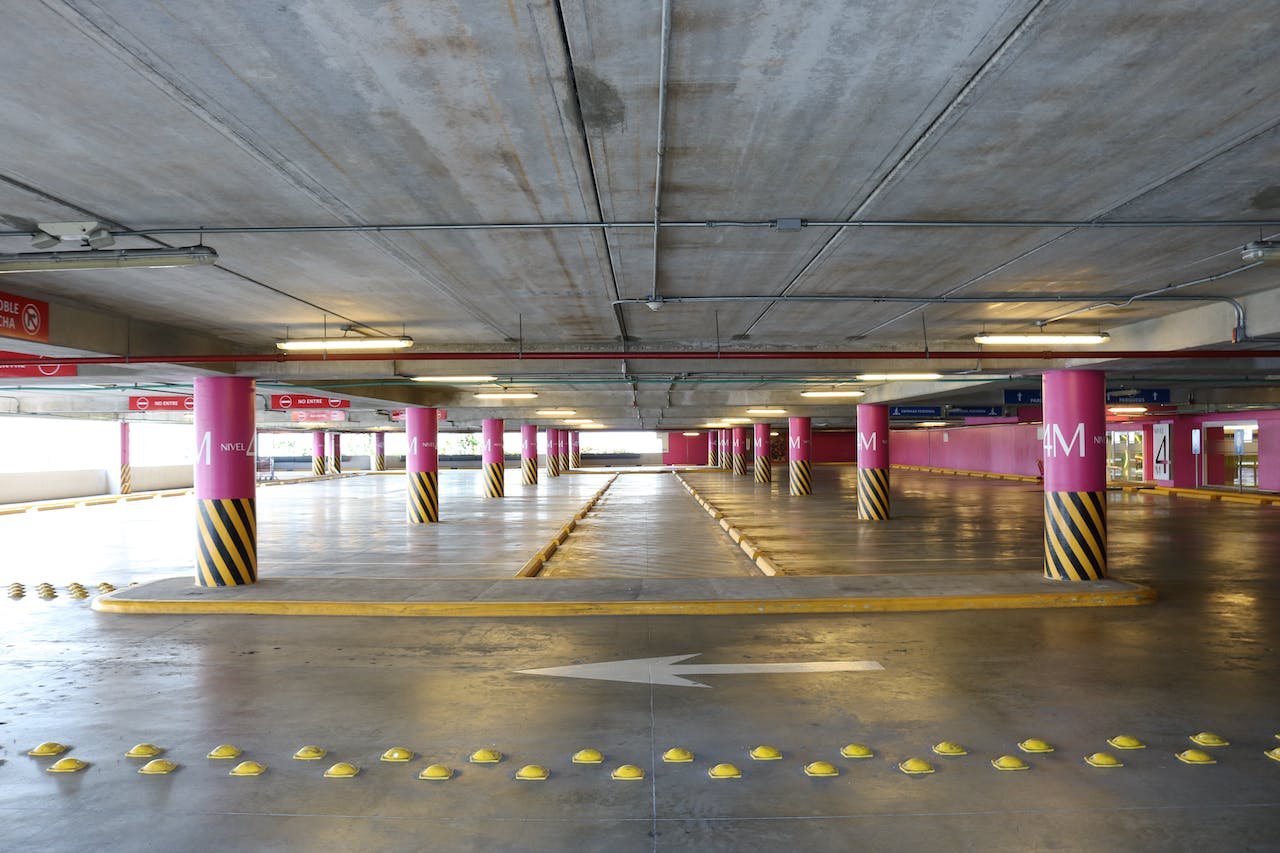The federal government subsidizes housing and real estate to the tune of about $450 billion a year. Roughly 50 uncoordinated programs influence the housing market, often in unintended and insidious ways.

The Federal Housing Administration's Single-Family Loan Program, for instance, decreases the relative attractiveness of building multi-family housing -- which is more energy efficient and in ever-greater demand since the housing bust. Meanwhile, the granddaddy of all housing subsidies, the mortgage interest deduction, rewards wealthy families who own two homes but does nothing for renters.
Smart Growth America and Locus, a nationwide coalition of developers focused on walkable growth, those programs are in need of retooling as Americans' needs change. The two groups have reviewed all the federal housing programs and found them to lack a cohesive vision. Together, these programs often serve to undermine public preferences and create all kinds of distorted, less-than-optimal outcomes.
"People increasingly want to live in walkable urban places," said Chris Leinberger today in a conference call with real estate leaders, but current federal housing policy undermines those kinds of communities. "Today’s programs significantly favor single family homes above all other types. Today’s programs are failing to support existing neighborhoods."
In response, Locus and SGA have developed seven recommendations that could help ensure private and public investment is spent in the most productive ways, with the best outcomes for middle-income Americans. By the way, these reductions would result in some $33 billion in overall savings.
"Better strategies can make entire regions more competitive," said Smart Growth America's Ilana Preuss. "It’s time for our federal programs to reflect that."
Here are some of the highlights:
Improve the Rehabilitation Tax Credit
This program provides a tax credit of 10 percent for the rehabilitation of non-historic buildings constructed before 1936. But currently, despite the increasing demand for walkable, mixed-use housing, this program entirely excludes residential rehabilitation.
SGA recommends opening the program to residential rehabilitation, expanding the credit to 15 percent and making all buildings older than 50 years eligible. That would cost about $1.6 billion annually but it would also help save money by taking advantage of existing infrastructure, rather than promoting new development that would require building new sewers and streets in a greenfield location.
Better target real estate tax expenditures
The federal mortgage interest deduction costs the U.S. Government $26 billion annually.
This program is hugely regressive and largely fails at its ostensible purpose of helping moderate-income families become homeowners. Roughly 77 percent of mortgage interest deductions in 2012 went to families with incomes of $100,000 or higher. Families making less than $50,000 annually received only 4 percent of these benefits.
SGA recommends limiting the mortgage interest deduction to the first home, and capping the program at $500,000 instead of $1 million in home value. That type of reform would help reduce real estate speculation -- like the kind that produced the housing crisis -- and make housing policy more equitable.
Preserve and increase the Low Income Housing Tax Credit
Some lawmakers have recently proposed altogether eliminating this program, which has helped build 2.5 million affordable rental units since its introduction in the 1970s. But Richard Baron at the St. Louis-based national real estate firm McCormack Baron Salazar says demand for the program has never been stronger, as the rental market swells following the housing crisis.
"State housing finance agencies are overwhelmed with the requests they are receiving," he said.
Locus and SGA recommend increasing funding for the program 50 percent, at a cost of about $4 billion annually, making it easier for nonprofit and for-profit developers to build affordable rental housing that is in such high demand across the country.





